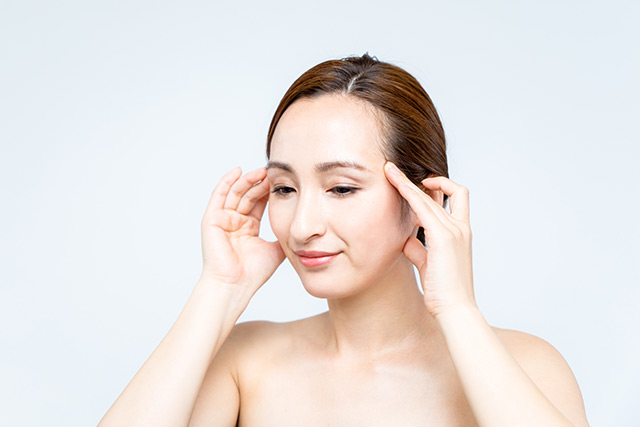A closer look at alternative medicine use among patients with cancer
02/12/2020 / By Evangelyn Rodriguez

The National Cancer Institute defines complementary and alternative medicine (CAM) as medical products and practices that are not part of standard medical care. While complementary medicine refers to non-standard treatments (e.g., acupuncture) that are used together with conventional medicine, alternative medicine refers to any treatment (e.g., natural remedies) used in place of standard medical treatments.
In recent years, scientific interest in CAM has grown, together with the actual use of CAM, especially among cancer patients. CAM therapies consist of botanicals and nutritional products, such as dietary and herbal supplements. These products are considered safe for use or consumption because, unlike modern medications which are mostly synthetic, CAMs occur in nature. This allows them to fulfill their purpose without causing as many undesirable side effects as conventional treatments.
Due to the increasing demand for CAM, researchers from James Cook University in Australia decided to investigate the use of these natural therapies. In their study, which appeared in the journal Complementary Therapies in Clinical Practice, they systematically reviewed literature to determine the demographic profiles, prevalence and reasons for the use of CAM among cancer patients.
Their research involved looking for studies in three different databases that involved the use of CAM as cancer treatment between 2009 and June 2018. They found that, on average, 51 percent of cancer patients used CAM during that period. The common characteristics of these patients were: young, female, highly educated, high-income earners and previous CAM users.
The most common reasons these patients gave for using CAM included: for treating their cancer, to influence their overall health and to treat complications of cancer or therapy.
The researchers hope that their review can help better inform health professionals on how cancer patients perceive and use CAM.
Forms of CAM cancer patients use and why
A survey conducted by the National Center for Complementary and Integrative Health (NCCIH) and the National Center for Health Statistics revealed that about four in 10 adults and one in nine children in the U.S. use some form of CAM. Meanwhile, approximately 85 percent of American patients with cancer use natural health products, diet-based therapies and mind-body practices to help with their condition. (Related: Americans are increasingly using complementary and alternative medicine.)
Different forms of CAM exist. Some of these therapies are used more often than the others due to the number of scientific studies that support their health benefits. Here are some of the most commonly used CAM in the U.S.:
- Acupuncture
- Ayurveda
- Biofeedback therapy
- Chiropractic or osteopathic manipulation
- Deep-breathing exercises
- Diet-based therapies (Atkins diet, vegetarian diet, etc.)
- Homeopathic treatments
- Massage
- Meditation
- Natural products
- Naturopathy
- Progressive relaxation
- Qi gong
- Tai chi
- Yoga
According to a recent Canadian study published in Current Oncology, cancer patients tend to rely more on natural products and vitamin supplements than on any other form of CAM. In fact, the researchers found an increase in the use of biologic products, such as herbal teas, curcumin supplements, medical cannabis and probiotic foods, among the study participants after they were diagnosed with cancer. About 66 percent of the participants also admitted to using vitamin supplements, the most common of which was vitamin D. Other supplements cancer patients use include calcium, multi-vitamins, vitamin C, B-vitamins, magnesium, iron, vitamin E and zinc.
When asked why they turned to CAM, the researchers found that most cancer patients believe these therapies could help stimulate the body’s ability to fight cancer. The participants also rely on CAM to help them relax or sleep, improve their physical and psychological well-being, and relieve the side effects of cancer treatments.
You can read more about complementary and alternative medicine at NaturalMedicine.news.
Sources include:
Tagged Under: alternative medicine, CAM, cancer, cancer therapy, cancer treatments, complementary medicine, disease treatments, herbal medicine, Herbs, natural cures, natural medicine, Oncology, prevention, remedies, research
RECENT NEWS & ARTICLES
COPYRIGHT © 2017 PREVENTION NEWS



















